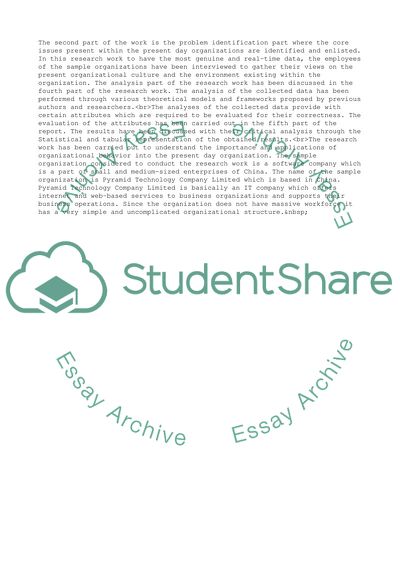Cite this document
(Organisational Behaviour Practices Assignment Example | Topics and Well Written Essays - 4500 words, n.d.)
Organisational Behaviour Practices Assignment Example | Topics and Well Written Essays - 4500 words. Retrieved from https://studentshare.org/management/1732543-organisational-behaviour-practices
Organisational Behaviour Practices Assignment Example | Topics and Well Written Essays - 4500 words. Retrieved from https://studentshare.org/management/1732543-organisational-behaviour-practices
(Organisational Behaviour Practices Assignment Example | Topics and Well Written Essays - 4500 Words)
Organisational Behaviour Practices Assignment Example | Topics and Well Written Essays - 4500 Words. https://studentshare.org/management/1732543-organisational-behaviour-practices.
Organisational Behaviour Practices Assignment Example | Topics and Well Written Essays - 4500 Words. https://studentshare.org/management/1732543-organisational-behaviour-practices.
“Organisational Behaviour Practices Assignment Example | Topics and Well Written Essays - 4500 Words”, n.d. https://studentshare.org/management/1732543-organisational-behaviour-practices.


